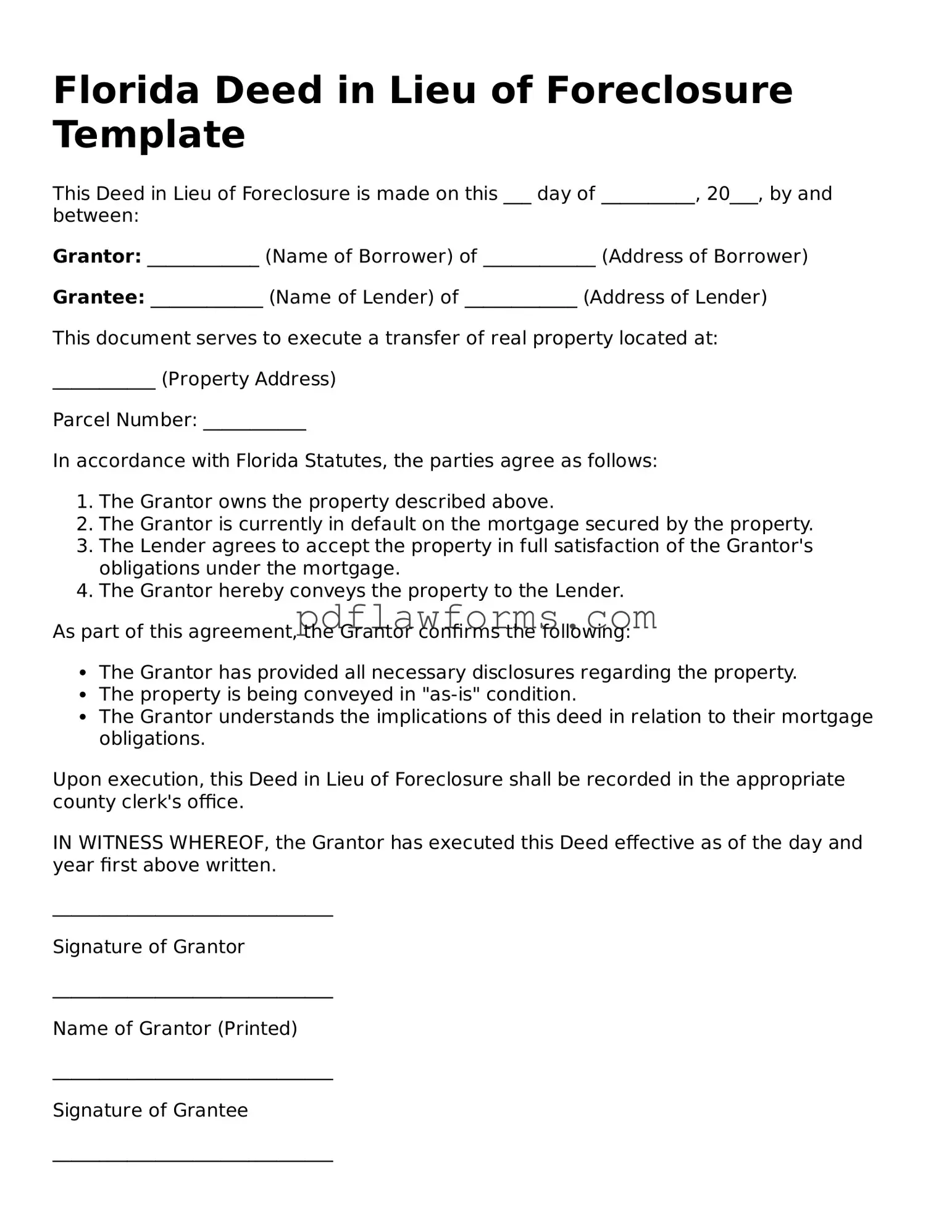How Do I Find the Deed to My House
- Conveys full, partial, or life estate interests in property.
The USCIS I-864 form, also known as the Affidavit of Support, is a crucial document required for certain immigration processes in the United States. This form ensures that immigrant applicants have adequate financial support and are not likely to become a public charge. For those looking for resources to help with the form, My PDF Forms provides valuable assistance in completing this important document. By filling out this form, sponsors demonstrate their commitment to financially support the immigrant for a specified period.
Grant Deed in California
- The cost to prepare a Deed can vary based on local legal practices and requirements.
Arizona Deed
- The deed outlines the details of the property transaction.
Quit Claim Deed Ga
- It is important that deeds are executed in the presence of witnesses when required by state law.
